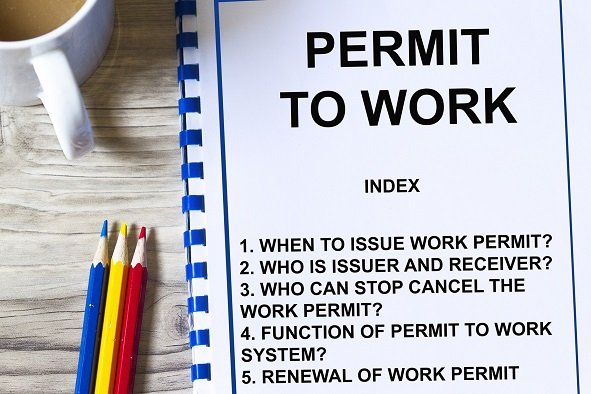Laboratory Safety – 12 Modules | One Day USD: 150/- and Two Day USD: 250/- Per Pax.
Description
Module 1: Introduction to Laboratory Safety
- Importance of safety in laboratory environments
- Regulatory standards and guidelines (OSHA, NFPA, ISO 45001, local regulations)
- Responsibilities of laboratory personnel
Module 2: Understanding Laboratory Hazards
- Chemical hazards: toxic, corrosive, flammable, reactive
- Biological hazards: bacteria, viruses, and biohazardous materials
- Physical hazards: equipment, electrical, fire, and mechanical risks
Module 3: Laboratory Safety Signs and Labeling
- GHS chemical labels and pictograms
- Biohazard and radiation signs
- Mandatory, warning, and emergency signage
Module 4: Personal Protective Equipment (PPE)
- Lab coats, gloves, goggles, face shields, and respiratory protection
- PPE selection based on activity and risk
- Proper use, maintenance, and disposal
Module 5: Safe Handling of Chemicals
- Correct storage, transfer, and usage techniques
- Segregation of incompatible chemicals
- Minimizing spills and exposure
Module 6: Laboratory Equipment Safety
- Safe operation of glassware, centrifuges, autoclaves, and electrical equipment
- Maintenance and inspection protocols
- Lockout/Tagout for laboratory machinery
Module 7: Biological Safety Practices
- Handling of biological agents and infectious materials
- Biosafety levels (BSL-1 to BSL-4)
- Containment, decontamination, and disposal procedures
Module 8: Fire and Electrical Safety
- Fire hazards in labs and prevention measures
- Use of fire extinguishers and alarms
- Safe use of electrical devices and circuits
Module 9: Spill and Emergency Response
- Chemical and biological spill containment
- Emergency showers, eye wash stations, and decontamination
- Evacuation procedures and alarm systems
Module 10: Waste Management and Environmental Safety
- Disposal of chemical, biological, and sharps waste
- Environmental regulations and compliance
- Recycling and neutralization procedures
Module 11: Training, Drills, and Competency
- Hands-on practice for safety procedures
- Evacuation drills and spill response exercises
- Refresher courses and competency assessment
Module 12: Continuous Improvement and Safety Culture
- Reviewing near misses and incidents
- Updating laboratory protocols and SDS references
- Encouraging proactive safety awareness among personnel
View more Courses
Hi, Welcome back!




